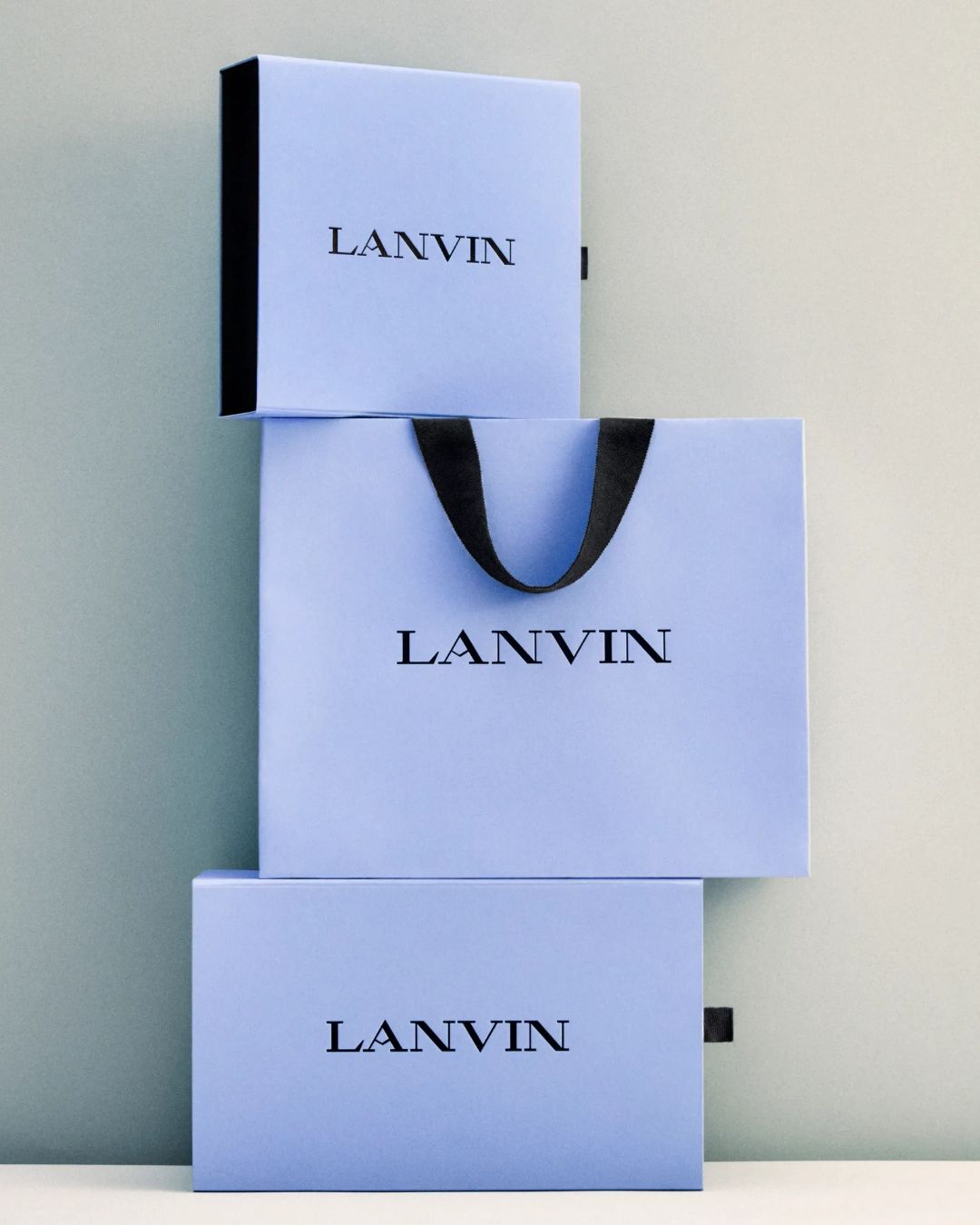
A couple discovered the first kiss in history Something to do with herpes and a hedgehog expert
Our DNA is incredibly similar to that of monkeys. We share the same brain structure, opposable thumbs, language faculty, and even social organisation; we have the same emotions, and both act irrationally, unlike other species. Only bonobos, however, the primates with DNA most similar to humans, engage in the practice of French kissing, although our other distant cousins may oftentimes give their offspring a peck on the lips. While monkeys were busy grooming each other, humans learned the art of courtship, dating, and serenading - with all that ensued in the era of WhatsApp, from ghosting to orbiting. But how did the practice of kissing originate? A couple of scholars seem to have found an answer to this question.
Francesco Hayez, The Kiss pic.twitter.com/Pp3DnutzaF
— Impressions (@impression_ists) February 14, 2024
At a dinner two years ago, a moment when couples usually recount their day and share some affectionate moments, scientists Sophie Lund Rasmussen (a hedgehog's expert) and Troels Pank Arboll were discussing a recent study on herpes variants in the Bronze Age, which includes a small mention of the origins of kissing. The research claimed that people began to bring their lips together with their beloveds around 1500 B.C., in what is now recognised as South Asia. During those years, the practice shifted from nose-rubbing (the famous Eskimo kiss in today's Western culture) to a full-on make-out, a tradition that arrived on the shores of the Mediterranean before 300 B.C. - when Alexander the Great brought back many Eastern teachings and customs, including the Kama Sutra. Arboll, an expert in ancient diagnoses and treatments, recalled older testimonies about the first kisses, so together with his partner, delved into the history of this ancient practice. As reported by The New York Times, which interviewed the two scholars, by examining cuneiform texts from Mesopotamia and Egypt, the researchers developed a full-fledged study on the history of kissing. Titled "The ancient history of kissing," it demonstrates that the Middle East has been smooching since the third millennium B.C., with the oldest known evidence dating back to a Sumerian tablet from 2400 B.C. Although in the myth of the artefact, the act strangely occurs after the consummation of the relationship between the goddess Ninhursag and the god Enlil, it is effectively the first documented kiss in history.
me and him if we were two bats kissing pic.twitter.com/6PsFtTmb8B
— The Notorious J.O.V. (@whotfisjovana) February 8, 2024
Arboll and Rasmussen's research not only pushes back the timeline of kissing by millennia, refuting studies that have placed it as an invention of the third century B.C., but also demonstrates that we and our descendants have never been big fans of love. Despite the worldwide belief that Italian is the sexiest language, as explained by a recent Babbel study, the Roman Empire was one of the few civilisations that considered kissing an indecent act, nearly making it illegal during state ceremonies in the time of Emperor Tiberius. Needless to say, kissing, among humans as well as among bonobos, has a scientific explanation like all animal needs that have been passed down from the origins of life on Earth, in fact, two: excitement and selection. Because besides inspiring many poems, numerous songs, and some of the tastiest confectioneries in the world, kisses reduce stress, raise well-being hormones, and potentially help us "sniff out" the right partner. Millennia have passed, we've built highways and railways, created computers and phones, but our instincts remain unchanged. We groom each other less openly than our ancestors, but at least most of us kiss without shame.















































